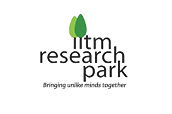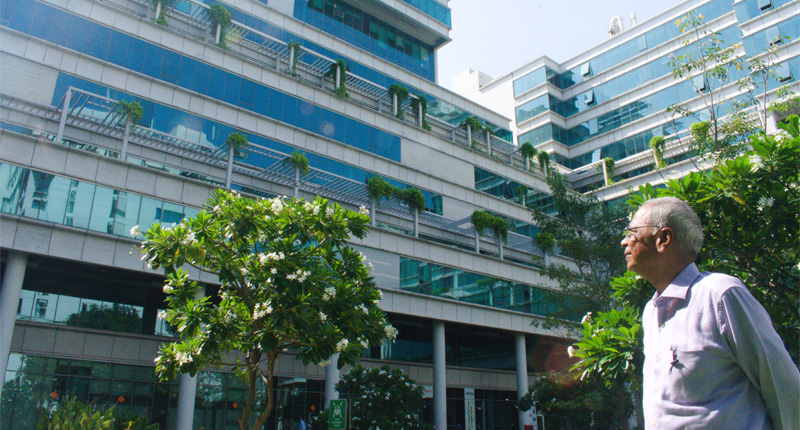While a strong base has been created, the journey has just begun: Prof. Jhunjhunwala
Chennai, February19, 2023:In the dozen years after Prof. Ashok Jhunjhunwala set up his dream twin projects – IIT Madras Research Park and IIT Madras Incubation Cell – both the Section 8 companies are giving the professor cheer. When Prof. Jhunjhunwala, who taught electrical engineering at the Indian Institute of Technology, Madras, set himself to the task of creating a ₹500-crore, swanky, 1.2 million sq ft building for providing plug-and-play facilities for corporate R&D, it seemed to be a tall task, especially for an academician.
The building did come up on a 11.5-acre piece of land on Chennai’s ‘IT-corridor’; today, it is an aesthetic marvel sitting in the middle of a delectable landscape, with a MW of solar power plants gleaming on its roof.
“Today, we are making ₹50-60 crore a year,” says Jhunjhunwala. Two years ago, the IIT Madras Research Park paid back all of its ₹400-crore debt. The not-for-profit (which means that all the profits will be used by the company for its ventures and not divvied up among the shareholders) is ready with financial fuel for the future.
But the more impactful success story is that of IIT Madras Incubation Cell, which has so far spawned 300-odd start-ups, whose collective valuation is just a shade under ₹40,000 crore. These start-ups, which include known names, such as Ather Energy, Agnikul Cosmos and the unicorn Uniphore, have raised ₹9,500 crore of funds and generated 1,300 patents. The cell, which has 1 per cent stake across the start-ups, is therefore all smiles.
Jhunjhunwala believes that while a strong base has been created, the journey has just begun. “The industrial, scientific and technological edifice of the nation is still weak,” he says. “India is largely dependent on imported technologies. We are not known to be technology leaders in any field.”
10x plan
Hence, the ‘10x’ plan – a vision for the years up to 2030. The first element of the plan is to raise the number of incubatees to 1,000 a year, from about 45 today, said Jhunjhunwala. Towards this, they aim to partner with 50 to 100 incubators in tier-2, tier-3, and tier-4 institutes and nurture their incubates to succeed. Towards this, the Cell will partner with a hundred incubators in tier-2 and tier-3 cities.
The second element of the plan is to nurture around 50 products born out of Indian R&D so that each earns annual revenues of ₹1,000 crore. “So far, Indian R&D has rarely translated into such large-scale commercialisation, even though India is a large market.” The third petal of the vision is to get Indian technologists among the top 2 per cent in any area and the fourth is to work towards ensuring that India is recognised “among the top five countries” in five sectors.
![]()


